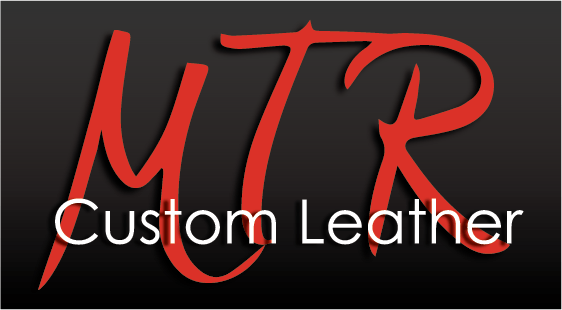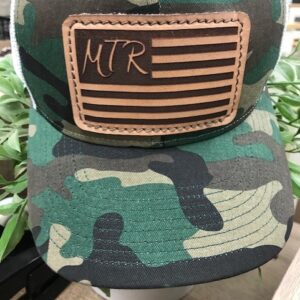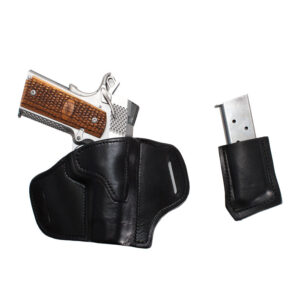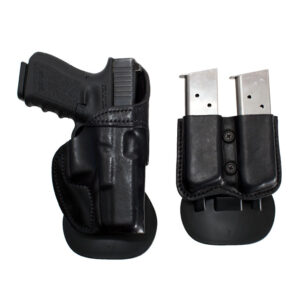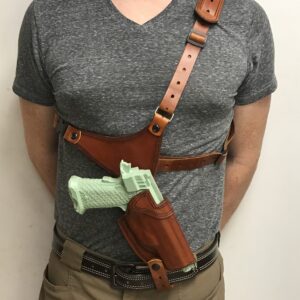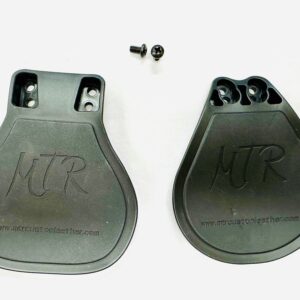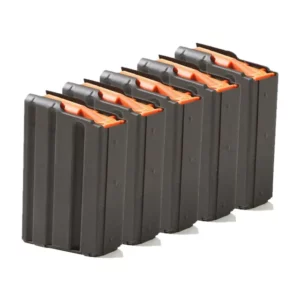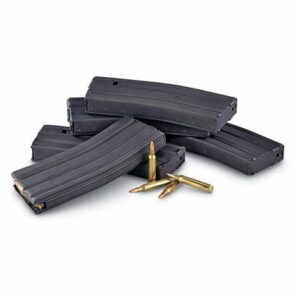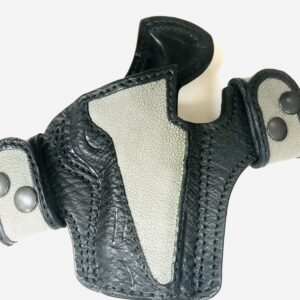Types of Leather- Part 2-MTR Custom Leather
These are the most common ways leather is “graded”. The names, in reality, refer more to the way the leather has been split and the surface treated, than they do to actual “grades”. Though these variations do impact the performance and overall quality of a leather piece.
Thus, folks commonly refer to them as “grades of leather”. After, we’ll explore the actual grades that meatpackers use when evaluating hides for sale to tanneries. For an even deeper look into grain leather, click here for an article I wrote on that.
Full Grain Leather
This cut of leather contains the outer layout of the hide, referred to as the “grain”; it hasn’t been sanded or buffed to remove any imperfections. Generally, only the hair is removed on full grain leathers. The grain generally has densely packed fibers that are finer; this results in a surface that is very strong, durable, and can withstand tough use.
Because it undergoes no sanding, the surface can have minor imperfections. These might be from where a cow rubbed up against a fence, a small cut they might have received, or scrapes from everyday life. Full grain hides without many blemishes are the most prized, as they are least common and are the most visually appealing.
Those surface fibers are also what give it the most strength of any leather type. This makes it good for saddlery, footwear, and furniture. Since the outer layer isn’t removed, it develops a patina (a surface color change from use) over time that can be pleasing to the eye. The outer layer also provides some water-resistance qualities as well. Full Grain is looked upon as the highest quality leather available.
Top Grain Leather
This cut is very similar to full-grain, except that it has had the very top layer sanded and/or buffed to remove imperfections and irregularities in the finish. This makes the leather softer and more pliable, with various dyes and finished applied to it.
While this sanding makes it more visually appealing, it also removes a lot of the strength and some water-repellent qualities of full grain leather. This we begin to see a tradeoff between leather strength, and leather look and softness.
Given its softness and flexibility, top grain leather is often used in high end leather goods, including handbags, wallets, and shoes.
Genuine Leather (Corrected Leather)
Genuine leather can come from any layer of the hide, and undergoes treatment to the surface to provide a more uniform, “corrected”, appearance. It can be sanded or buffed to remove surface imperfections, then dyed (or spray painted) or stamped/embossed to give it a final surface appearance.
The process alters some of the preferred qualities of leather, so while not a top quality, it is often used for belts and similar goods.
Split Grain Leather
Split grain leather is a layered cut of leather from within the lower levels of the top grain area of the hide. It is usually a lower layer of the hide, above the flesh. Also, below the full grain and the best top grain cuts. Though, it still provides a useful leather material.
The natural surface of split grain leather is not as dense, tight, and useful as full grain and top grain. Thus, it is often used in finishes of leathers that are colored, embossed, and the surface altered in some significant way. This allows it to offer some of the helpful qualities of a leather material, while having a visually pleasing and often-functional surface beneficial for leather products.
Bonded Leather (Reconstituted Leather)
Bonded leather is like the scrapple or hot dogs of leather; it is made up of leather scraps that are finely shredded and bonded together using polyurethane or latex onto a fiber mesh or sheet. The amount of leather in the actual mix can vary greatly (from 10%-90%), and thus affect the functional and aesthetic properties of the finished product.
Bonded leather is often painted to give it color and could also be pressed/embossed to give it the appearance of a particular grain or leather style. For a deeper look, click here for my article about bonded leather.
Source: Types of Leather: All Qualities, Grades, Finishes, & Cuts
